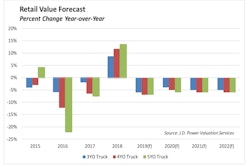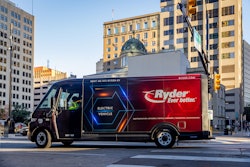While it won’t go down as the most famous printing invention ever — Johannes Gutenberg’s creation seems likely to hold that title in perpetuity — few technologies in recent decades have been as developmentally groundbreaking as 3D printing.
Introduced in the 1980s and greatly refined over the last decade, 3D printing is a production method using advanced computer technology in which the composition of a material is altered then reshaped and molded to create a three-dimensional object.
Also known as additive manufacturing, 3D printing is a production method with strengths and weaknesses. It’s not a great way to make everything but it is a great way to make specific products ill-suited for mass production.
As it gains traction within trucking’s manufacturer community, it is important for aftermarket businesses to understand why suppliers are turning to the solution. Distributors are going to be expected to sell 3D-printed parts in the future.
Best to understand the technology now than wait and be blindsided by it in a few years.
Understanding 3D printing
The most popular 3D printing method in use today is fused deposition modeling (FDM). The printing technique uses computer-aided design (CAD) files and a moveable nozzle to distribute material in distinctive layers until a component is complete. FDM’s popularity and acceptance is rooted in its accuracy and its simplicity. Using primarily thermal plastics and polymers, FDM enables users to develop complex objects in a single print.










